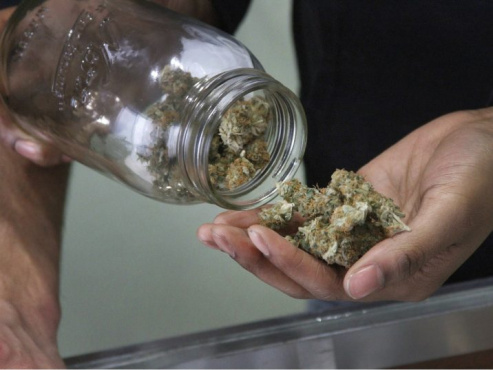Post-mortem THC tests can not reliably determine intoxication at time of death: study

Impaired driving has been an eternal point of contention in the conversation surrounding cannabis legalization. But many of the reports involving casualties may not be as accurate as previously believed.
- 8 most common health conditions cannabis, most specifically CBD, is used for
- Smoking vs. vaping, which one is better for you? | Weed Easy
- Surprise! Florida’s bungling its medical marijuana program once again
The Colorado study, executed by toxicologist and assistant to the coroner Andrea Tully of the El Paso County Coroner’s Office, showed that post-mortem THC testing isn’t adequately reliable to accurately determine whether the deceased was inebriated around the time of death.
Per Colorado law, drivers must have blood test results showing a minimum of 5 nanograms of THC (tetrahydrocannabinol)—one of many cannabinoids and the intoxicating component of the cannabis plant—to be charged with a DUI.
So why are the post-mortem tests so undependable? Turns out decomposition is a factor.

The Colorado study, executed by toxicologist and assistant to the coroner Andrea Tully of the El Paso County Coroner’s Office, showed that post-mortem THC testing isn’t adequately reliable to accurately determine whether the deceased was inebriated around the time of death.
“More decomposed specimens would see higher levels of THC,†Tully explained to the Colorado Springs Independent. “Thus, we can’t really rely on post-mortem THC concentrations when it comes to the impairment level that somebody was at, or the level that they had in their system, when they were alive.â€
The deceased’s level of tolerance to cannabis also comes into play.
“It is impossible to know what an individual’s tolerance or reaction to any drug is, as everyone’s bodies and chemistries are so variable and unique, thus, postmortem toxicology interpretations are exceptionally challenging,†reads the study’s conclusion.
“It is for these reasons that reaching a verdict on the level of impairment of a deceased individual, resulting in the legal, and potentially criminal,  application of a DUID, can prove to be risky and possibly reckless.â€
A study earlier this year found that more Coloradans have been consuming cannabis than ever before, regardless of age. Colorado legalized cannabis for medical use in 2000 and for recreational use in 2014.
Â
Want to keep up to date on what’s happening in the world of cannabis?  Subscribe to the Cannabis Post newsletter for weekly insights into the industry, what insiders will be talking about and content from across the Postmedia Network.